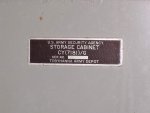Subscribed, love this thread - I want to build an S-250 shelter to put in the XM1027 when it's done, then build a camp support trailer for more, err - stuff. One project at a time though

.
Any consideration for a DC generator rather than an AC generator plus a UPS? If you are hurting for cash, this may be easier on your wallet than a new Honda inverter generator. The make-up is pretty simple, think of it as a vehicle with an inverter attached to the battery, but no working drive train.
Engine-->Alternator-->Battery-->Inverter
Another hint from the Bus-Conversion/RV world: size your inverter to the loads you plan to use frequently, you can save some power by using multiple small/cheap inverters and running them when they are needed. If you have a fridge (mini-or otherwise), you can take a cheap true sine inverter sized only for the compressor on that fridge - then re-wire the fridge to run 100% of the time when plugged in, and wire the thermostat that normally runs the compressor into the power switch for the inverter. This way the inverter draws
0Amps when there is no refrigeration needed.
You can look at the loads you run during the day and over-night - size your battery bank to run the overnight loads and half of the day with a 50% discharge or less (your budget allowing), then size your alternator and engine to charge the battery bank and run your day-time loads with only a 4-6 hour run time required (or less if your budget allows). Vent your battery bank to the outside (important). You can put an electric start generator on an auto-start controller (
cheap can be found if you are willing to go Chinese), and hook the auto-start contact closure into a cheap sprinkler timer - most electronic sprinkler timers use a 9V battery to run the timer and the internal relay will switch 24V, one cheap 4-6 zone controller can do all your timed lights, timed devices, and your generator. You can use a low voltage alarm relay in series with a sprinker-timer-relay to run your engine during day time hours
only if the batteries are low enough to need a run.
As for computers, check out
www.mini-box.com, this is a company that I buy parts from (not paid endorsement, my own opinion). These guys have a
275Watt capable DC-to-DC ATX power supply that runs from 6-34VDC and will continuously run up to a 220Watt PC platform. This way you can run a full Commercial-Off-The-Shelf desktop computer (or build your own compact Mini-ITX type). I like the flexibility of Linux, but I know that not everyone has the desire (courage?) to break from Microsoft... I like the boot from CD or USB drive option that Linux allows for - this means you don't need a hard drive at all.
There is a cool HAM voice compression codec (
Codec2) and software digital voice modem that uses it (
FDMDV) - I've always wanted to try it, but I need to take my tests first...
If you are going all-out on communications, the newer VIC intercoms (Vic-3/Vic-5) use Session-Initialization-Protocol (SIP) which is a Voice over IP (VoIP) network protocol. An SIP phone plus a Linux based
Asterisk VoIP server with some sort of data connection (2G/3G/4G) would be sweet. If you wanted to do tent-to-tent intercoms and calls at camps/gatherings/conventions, you'd just need to drop Power-Over-Ethernet VoIP phones in the tents and drag Cat-5 back to your shelter and flip the switch on the server (no internet connection needed). This is the way the currently deployed stuff is moving. You could spend money and do a
PSTN IO card and let people plug their 2-wire field phones in too.



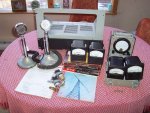
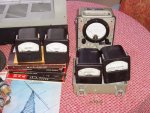
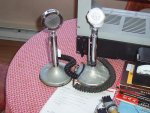
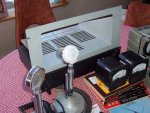
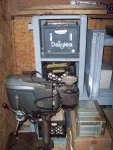
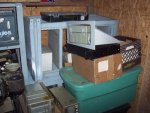
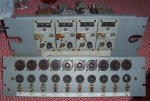
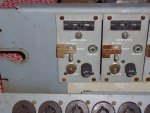
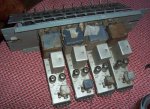
 .
.
